January to March






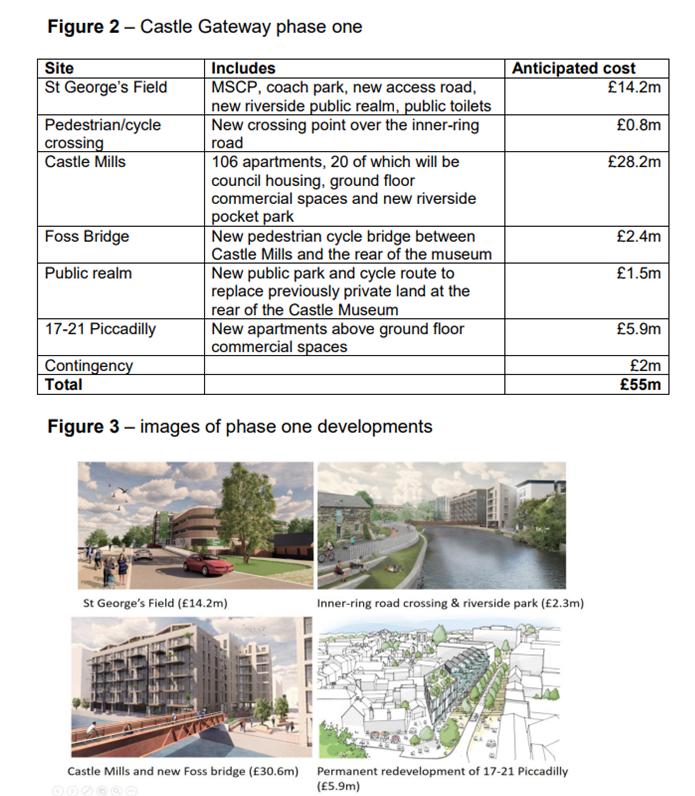


















The rest of the quarter – and indeed the year – was to be dominated by the fight against the pandemic

























The rest of the quarter – and indeed the year – was to be dominated by the fight against the pandemic





It was to be a good Spring mainly due to the efforts of volunteers across the community.




Volunteer efforts also helped to conserve key environmental sites like local woodland.

Crime levels rose with anti social behaviour once again the biggest source of complaint in sub urban areas.

Work progressed on a £4 million cycle/pedestrian footbridge linking the railway station to Bootham. Its opening later in the year was to highlight the fact that the City still had a long way to go before it had a comprehensive, and safe, cycle route network.

Another bridge over the Ouse attracted comment. Corrosion on Lendal Bridge served to emphasis the on going cost of maintaining the transport infrastructure in the City

By far the worst aspect of the transport system was the condition of roads and paths. Potholes became more pronounced in many streets. The maintenance budget was to be increased later in the year but by then frost had already taken its toll

There was little change in the recycling rate in York. There was no lack of enthusiasm from residents who regularly filled recycling banks to the point where some overflowed.

Some simple tasks seemed to confuse the York Council. A request for the goals posts on a local park to be repainted has been outstanding now for 2 years.

Another area of poor performance earlier in the year was the removal of graffiti. Following sustained criticism from residents, the Council was to completely change its graffiti removal service later in the year. Early results have been encouraging although there have been no recent prosecutions for graffiti (criminal damage).

A self seeded tree in Balfour Street had grown to the point where it was engulfing the adjacent railings and damaging the public footpath. This represented a safety hazard. It would be two years after the problem was first reported before the tree was felled. The felling provided space for two replacement trees to be planted.



The Council granted planning permission for the (privately owned) Acomb Bowling Club to be demolished and replaced with housing. The owners were required to make a Section 106 contribution towards replacement facilities but this money found its way into a club located in the Holgate area.
Meanwhile, without any consultation with residents, Council officials agreed that land earmarked for a library extension could be used as a site compound and spoil heap. This caused considerable annoyance to some neighbours.

The Council published details of the number of Council homes that were affected by “standing water” . The number had changed little over the years.

On a happier note, the highly successful, Knights Rugby community team organised community events during the Easter holidays.

With the local elections on the horizon the Council revealed the number of issues that had been recorded by Councillors during the previous 4 years. Mostly those who raised the most issues were the Councillors who got re-elected in May.

There was big choice of candidates in the local elections.
The election manifestos were more significant for what they didn’t say rather than what was proposed. The slow progress on the Community Stadium was air brushed from history, as was the escalating costs of repairing the Guildhall.
In the end, the results showed major gains for the, now 21 strong, LibDem Group who subsequently formed a partnership with the Greens to run the Council.
The Tories fell to their second worst election result ever while Labour made only modest gains.



A few weeks later the LibDems topped the poll in the Euro elections in the City beating off a challenge from the BREXIT party. It was to be a different picture though later in the year when views polarised during an unexpected General Election campaign.


The Council was criticised for the large number of commercial properties which it owned and which had been left empty. These included former elderly persons homes like Oakhaven & Willow House together with offices like those on Castlegate. The properties were costing taxpayers several hundreds of thousands of pounds each year in lost rent income and maintenance costs.

The Police and Crime Commissioner was criticised for an over reliance on income from speed camera vans. The 6 vans concentrated on trunk roads apparently because that was where the greatest number of offenders could be caught and fined. Critics said that accident and average speed trends on monitored roads should be published. This would allow the the success of the initiative to be judged

It wasn’t just the central Post Office that was under threat. The Woodthorpe sub Post Office closed suddenly.

A new neighbourhood plan covering the area around the Minster was published. It generally received a positive response.



By late May it had become clear that something was seriously amiss with street public service standards. Hedges and trees were obstructing paths. Weeds scared key entrances to the City. It would later become clear that the weed killing programme had simply not taken place on many roads. There would be some improvements towards the end of the year but several issues were never fully resolved.



It became clear that the new York Community Stadium would not be completed by the final, final deadline on June. A later Autumn opening date was also to pass with key Rugby matches having to be rescheduled to the Bootham Crescent ground.

There were also ongoing concerns about the viability of some of the facilities to be provided as part of the stadium deal. It seemed that the Council were now underwriting more of the risk on the commercial side of the development

Meanwhile, the cost of providing new football pitches for a Bishopthorpe based football team was revealed to be nearly £1.5 million
The cost included a high specification clubhouse.
Most of the funding was to come from taxpayers.
What annoyed some residents were claims by officials that the facility was a replacement for the playing fields being built on at Lowfields. It was pointed out that the new site (near the York College) was some 3 miles from Lowfields and lacked a direct public transport link.
2019 commenced with controversy in the air. The children’s games area (known as a MUGA) on Kingsway West faced closure as part of a plan to enlarge Lincoln Court. Objectors – which included Sport England – were calmed by Council assurances that a replacement would be provided elsewhere in the ward. 12 months later and there is still no sign of a facility for children.

Volunteers were active in the area during the whole for the year. Monthly “whats’on” posters were produced and displayed on local noticeboards and social media.

Less good news in Lowfields, where the Council pressed on with the development on the football pitch. Once again alternative local facilities did not materialise. A plan from “Yorspace” to provide “communal ownership” style homes was also criticised by some local residents.


The plans for an extension to Lincoln Court, and the construction of a centre for disabled children on an adjacent site on Ascot Way, ran into more problems. The cost of the plans was found to be much higher than originally estimated. Design changes were made only weeks after the original had been given planning permission.

Some good news in February with the brief return of a skip service to Chapelfields. Unfortunately the service now appears only rarely with an increase in fly tipping one of the consequences
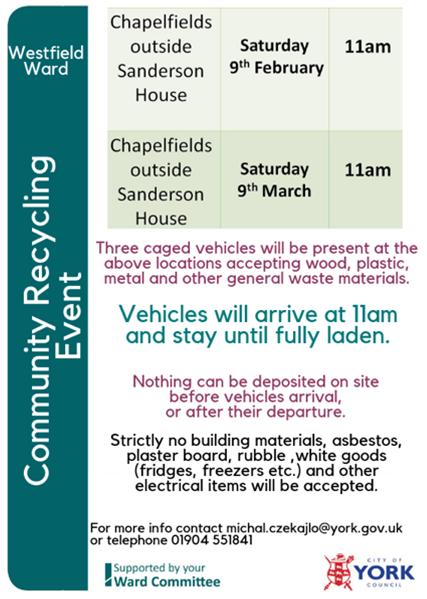

Trees were a popular topic of conversation during most of the year. There was broad agreement that more were needed to combat climate change. However, maintenance arrangements for existing trees – particularly those adjacent to footpaths – were hopelessly inadequate with many needing “crown lifting” to prevent accidents.

Elsewhere in the City car parking signage attracted comment. As long ago as 2003, real time information signs on approach roads to the City centre provided “real time” advanced information about parking space availability at different car parks around the City. The information was also available on the web. This mysteriously disappeared in 2012 since when congestion levels have increased as motorists drive round trying to find a space. In February, the Council appointed contractors with a remit to reintroduce the space availability service.

The Council announced that the existing Libraries management company would constinue in their role. The Council announced a £2 million boost for Acomb Library which would be expanded and fully modernised over the following 3 years. Unfortunately building works on the adjacent bowling club site would later compromise redevelopment options.

The landfill waste disposal site at Harewood Whin closed. York’s non recyclable rubbish is now incinerated at Allerton Park.
As work commenced at Lowfields on the road layout, one piece of good news was that the area was also being cleared of an invasive Knotweed infestation

The Council decided to proceed with its hugely expensive plan to provide a business club at the Guildhall. Several residents hoped that the upcoming Council elections might provide an opportunity for more reflection about the project.

Work had also started on a project to build 5 bungalows on a Council garage site on Newbury Avenue. With parking space already at a premium in the area, the main concern was the impact that vehicles, displaced from the garages, might have on parking availability.


The Post Office announced that it was closing its Lendal branch. A replacement would be provided in part of the nearby Smith’s store on Coney Street.
Later in the year it was revealed that the old Lendal PO building was likely to become a steakhouse.

There seemed to be never ending controversy over the “Spark” container village development in Piccadilly. The Council has granted the owners a 3 year lease on land formerly occupied by a tram depot. Spark failed to implement some of the planning conditions and a share of the developments profits – promised to the Council – did not materialise.
The Council was belatedly starting to get to grips with providing some sub-urban parking lay-bys. However, several of the projects were over 3 years behind schedule. Most came in a rush in March.



Fly tipping, dumping and litter were increasing problems in West York
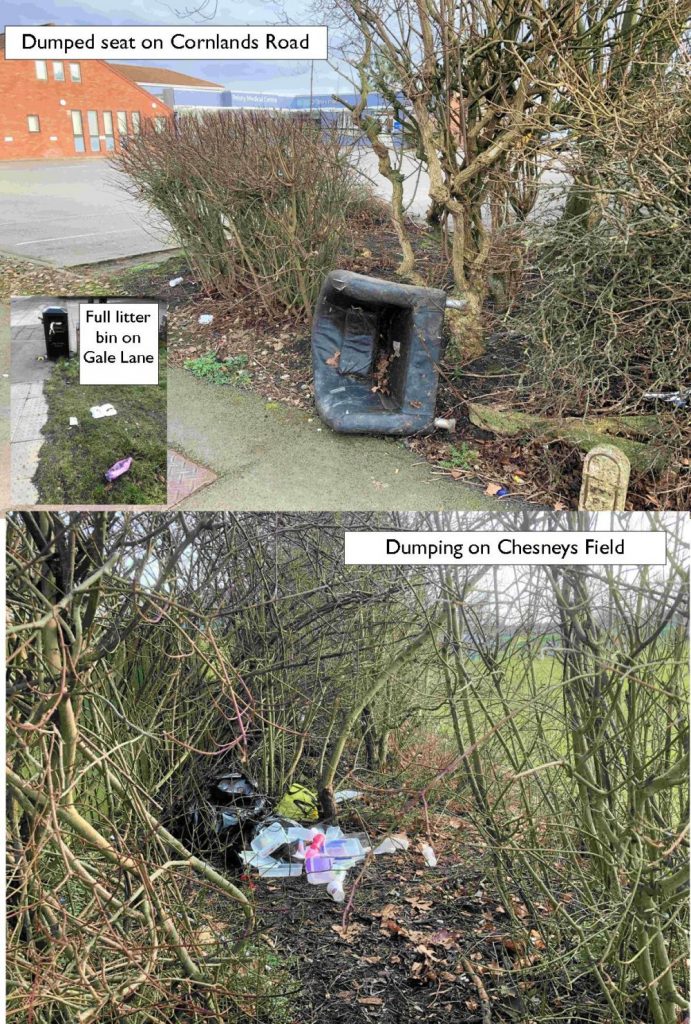
The Coop launched an imaginative scheme where shoppers could nominate a local voluntary body to receive a grant based on what that had spent in a local store. The Foxwood Residents Association raised around £2000 from the scheme

The Joseph Rowntree Housing Trust also became more active in the Foxwood area. They tidied up the Teal Drive playground and would later in the year start a “drop in” open session at the local community centre. Sadly the slide disappeared from the playground and has not yet been restored.

The winter brought the usual problems with vehicle damage to grass verges. Part of the problem was the glacial progress being made in “eco grid” (matrix) surfacing of the verges to protect them .


The Council announced that it had produced a final, final draft Local Plan. The plan would define the size of the City for the next 25 years. Recent national population growth forecasts had been substantially refined downwards despite which some landowners and developers are currently trying to persuade an Inspector that the City should grow by more than 20%!
Following a relatively mild winter, Spring arrived in March and with it the daffodils that residents had been planting over the years.



The Council was cautioned by the Ombudsman for taking several years to determine Public Right of Way (PROW) applications in the City. In west York an application for a PROW had been lodged with the council for the link across Acomb Moor which connects Foxwood Lane and Osprey Close. The York Council say it will determine the application in February 2020.

In Woodthorpe/Acomb Park a very controversial planning application was made which would have seen the area between Moor Lane and the Askham Bogs nature reserve developed. Although rejected by the local Planning Committee, the application was subject to an appeal the results of which are expected in the new year.
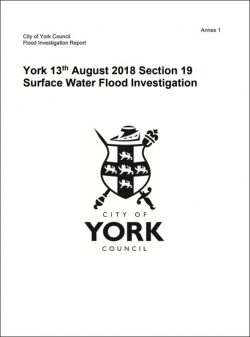
Flooding was never far from the news.
As well as Environment Agency works aimed at preventing flooding from rivers and water courses, the Council looked at the separate issue of surface water flooding. This relates the adequacy of drainage pipes in the urban area.
The efforts of the residents association had resulted in paths being strimmed in several areas. The areas concerned looked much improved.
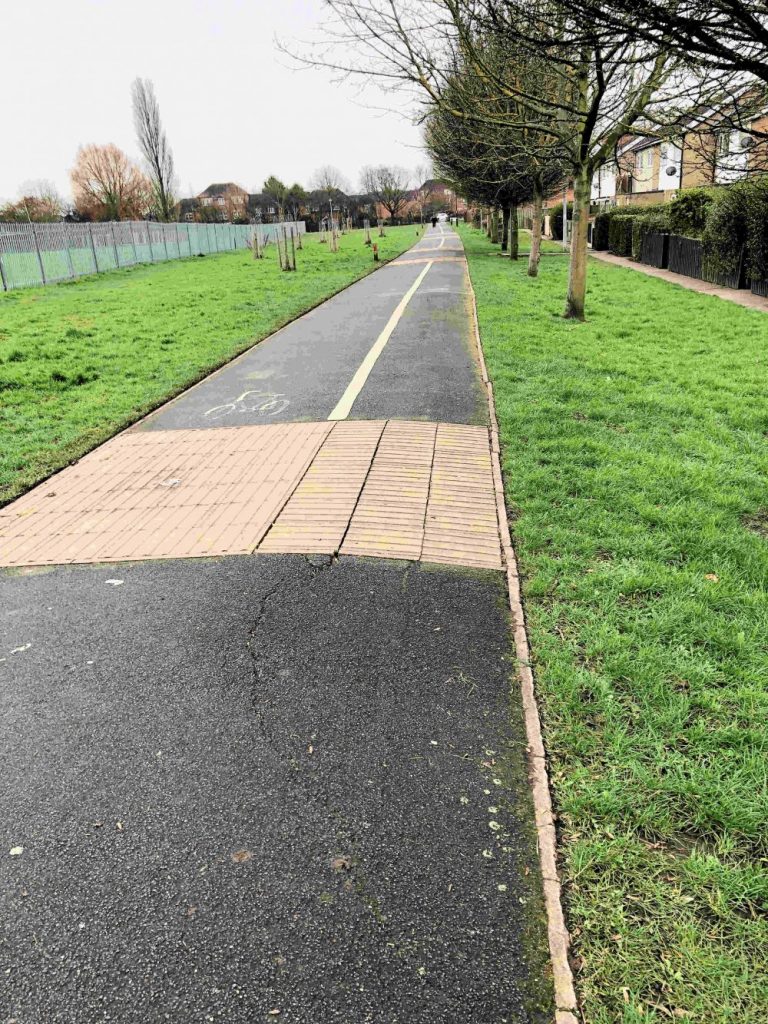



The flashing speed warning sign on Wetherby Road had been removed. The sign had cautioned drivers entering the City at more than the 30 mph limit.
Councillors blamed each other for the disappearance of the sign

Empty Council garages were a source of irritation to some residents. They mean a loss of income (there are waiting lists for all garages) but also increase “on street” parking problems. One garage in Chapefields had been empty of over a year apparently waiting for a new door.

The Council published further options for the redevelopment of the Castle Piccadilly site. They would later seek planning permission for a replacement car park for Castle. It would be a multi storey building in St Georges Field.
A major revamp of the area around the railway station entrance was announced. The Queen Street bridge would be demolished.

More electric buses would be coming to York. Coincidentally an encouraging report (for bus operators) on public satisfaction with local services was published.




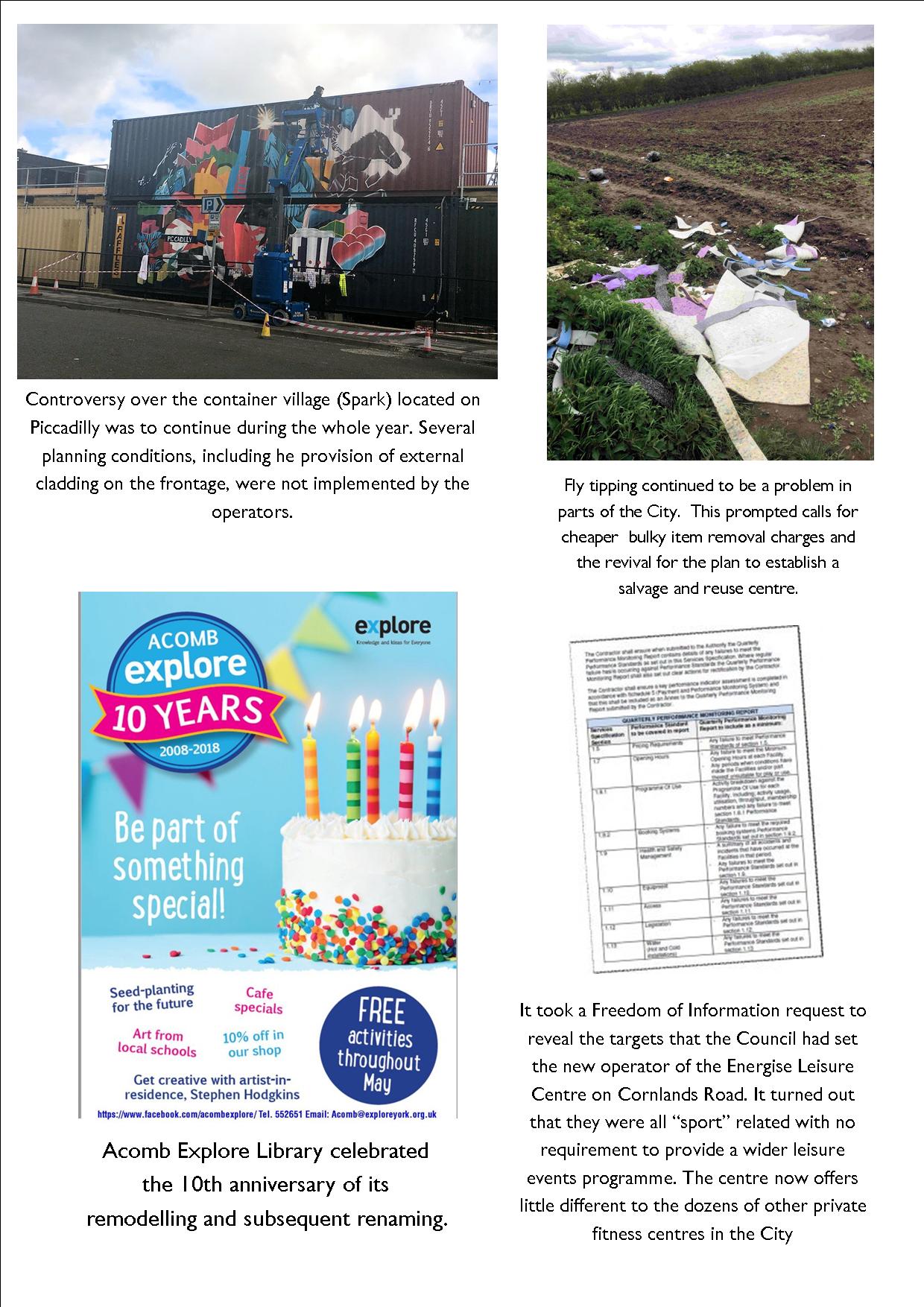











July





…….and then the floods came – the worst since 2000.
The Foss barrier failed, telecoms crashed and even river level gauges stopped working.
The failings had been forecast in a report on the 2012 floodings.